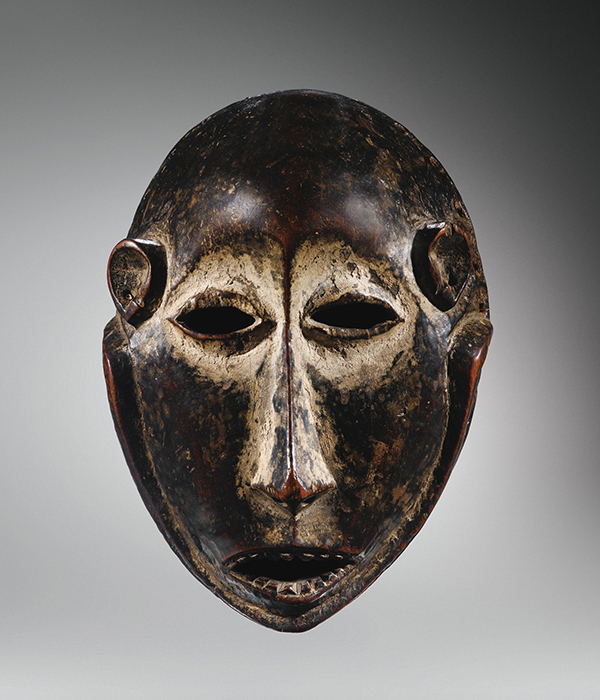Brussels 03.05.2023 Every year on the 3rd May is the celebration of International Leopard Day. In an ongoing attempt to increase awareness of the importance of this species, this is a day that celebrates leopards focus on the global awareness of their status as well as the threats that leopard populations are faced with.
Leopards are elusive and nocturnal animals whose size and color depend on the habitat. They are great climbers and hide in trees, where they hide their prey to avoid competition. Members of the cat family, leopards live in Asia, sub-Saharan Africa, Southern Russia, and the Indian subcontinent.
They are listed as near threatened on the IUCN list as their population is declining fast due to habitat loss, prey depletion, conflict with people, trophy hunting, poaching for skin and body parts.
Leopards are a species of big cat that is native throughout most of sub-Saharan Africa, from the bushvelds of South Africa to the jungles of the Congo, and formerly resided in parts of North Africa. The leopard can also be found throughout Southeast Asia, India, and select regions of the Middle East, however it is increasingly rare in the Arabian Peninsula and highlands of Iraq and Iran.
Leopards are solitary animals that will hunt by using a combination of stealthy ambushes and immense strength to catch prey as much as five times its own size. Its intricate spots and spot groupings on its body give it impeccable camouflage and the use of clever tactics has earned the leopard its reputation as the “prince of stealth.” This contrasts sharply with the cheetah which openly stalks its prey and uses a burst of incredible speed to catch it.
The spot groupings on the leopard, called rosettes, are also what make its skin a highly sought after status symbol throughout many traditional and modern cultures of Asia. In the early 2000s a quality leopard skin would sell for $850 in Lhasa, the capital of Tibet.
Poaching is one of the biggest threats to wild cats around the globe. Whether they are targeted for their body parts or the illegal pet trade, wild cats risk being shot, poisoned or snared in even the most remote habitats. Poaching for illegal wildlife trade has become a serious threat to not only tigers, but also lions, jaguars and other species. Wildlife rangers often lack the resources and training to counter the increasingly determined criminal groups targeting cats.
Wild cat prey is also hunted to sell in meat markets and for subsistence, known as bushmeat. Overhunting of their prey starves cats or inadvertently maims or kills them in dangerous snares and traps. Felids face prey depletion because of competition with poachers, and human-cat conflict increases when the predators turn to livestock for food. A rampant trend across the world, the bushmeat trade is considered a primary threat to many species.
Poaching of wild cats and their prey can lead to disastrous consequences, including population loss, unbalanced ecosystems and even the spread of major illnesses. By addressing not only the crimes themselves, but the motivations behind poaching (food insecurity, poverty and conflict over livestock and livelihoods), we are reducing the killing of wild cats and their prey before it’s too late.
L
